What is Retro-Reflectivity? How does it work?
Reflection of light occurs when light hits a surface and gets bounced off.
There are 3 kinds of light reflection, depending on the surface:
- Diffuse Reflection
- Mirror Reflection
- Retro-Reflection
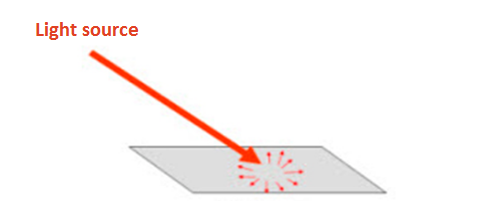
- Very little light is returned to the source. Light is scattered as it hits the surface.
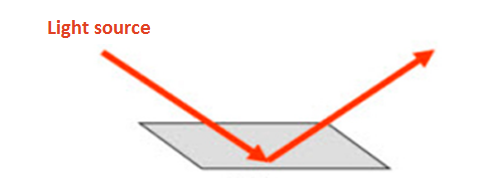
- Light is reflected at the same angle as it comes in from the source. Light is not returned to the source.
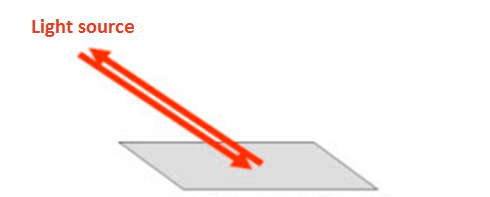
- A large amount of reflected light is returned directly to the original light source in the same direction.
There are 2 basic ways to retro-reflect light:
- Glass Beads
- Cube-corner Prisms
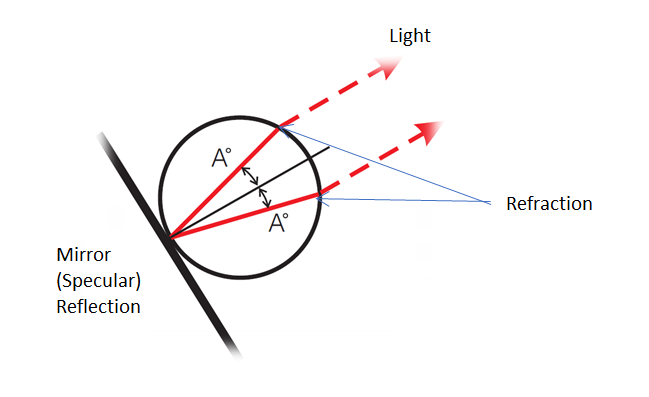
- Glass Beads focus incoming light onto the back of the bead. Light is then reflected back to the surface of the bead and refracted back to the light source. Glass beads retro-reflect only about 35% of the incoming light.
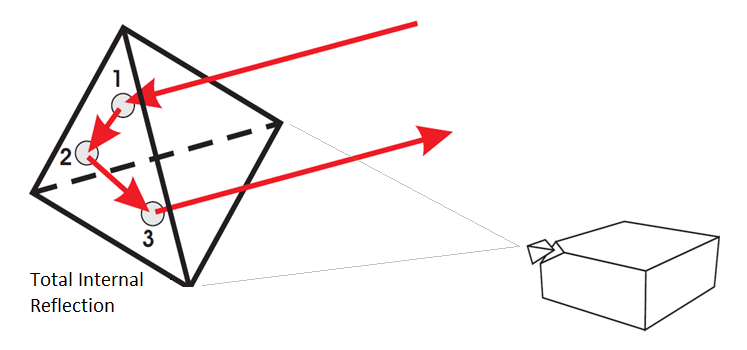
- Cube-corner prisms use total internal reflection to return incoming light, making it more efficient. Microprisms retro-reflect up to 80% of the incoming light.
Here at Tritech, we use retro-reflective tapes that are able to retro-reflect light in our products, from our traffic cones and road signs, to our safety vests and rain jackets. This helps to enhance the visibility of the people and objects that the tapes are secured on.
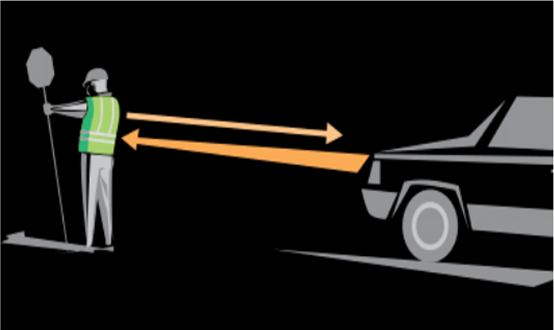
Any oncoming pair of eyes would easily be able to detect the presence of the object with the retro-reflective tape even under low light conditions, providing the most effective and reliable protection for road users and nighttime workers.